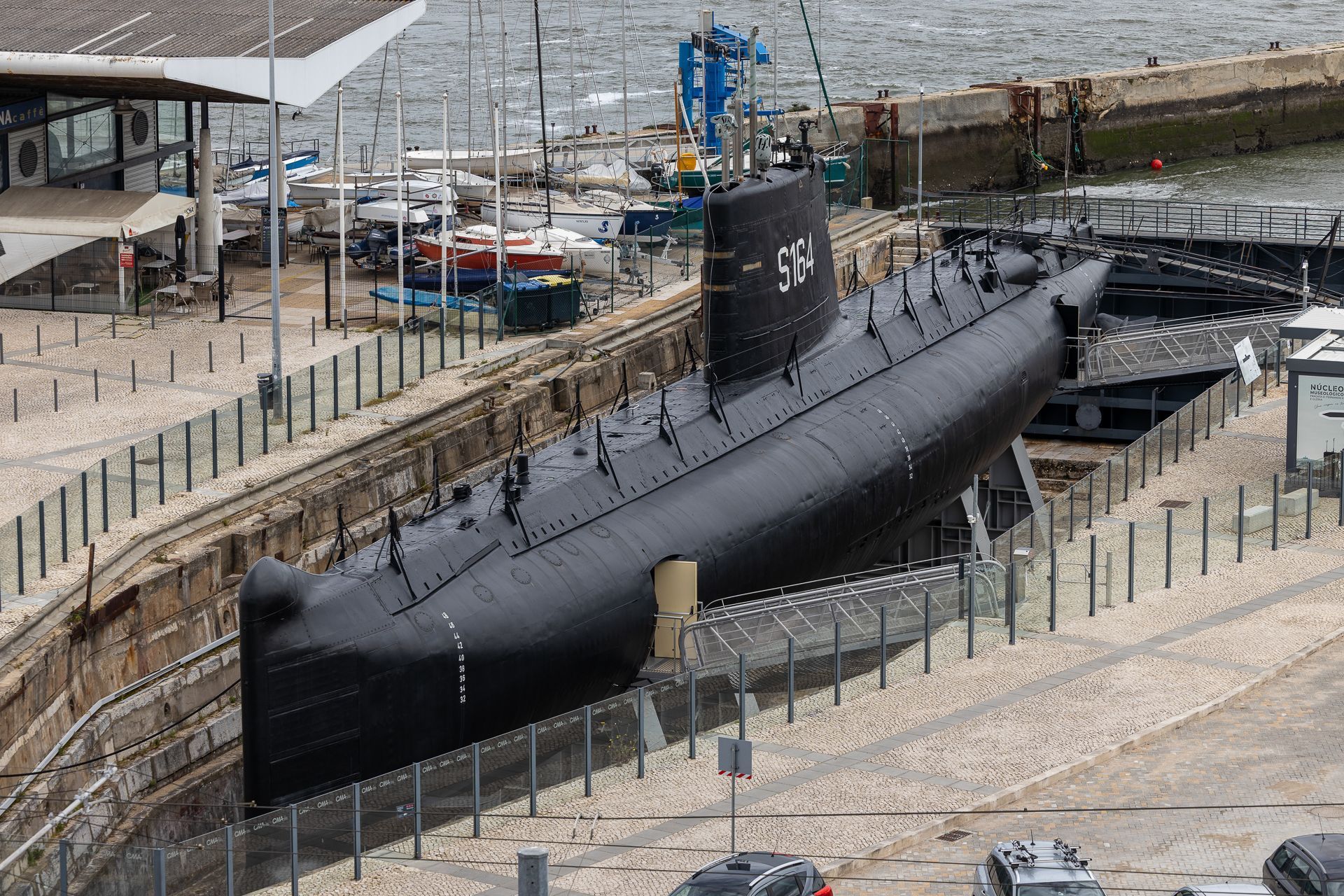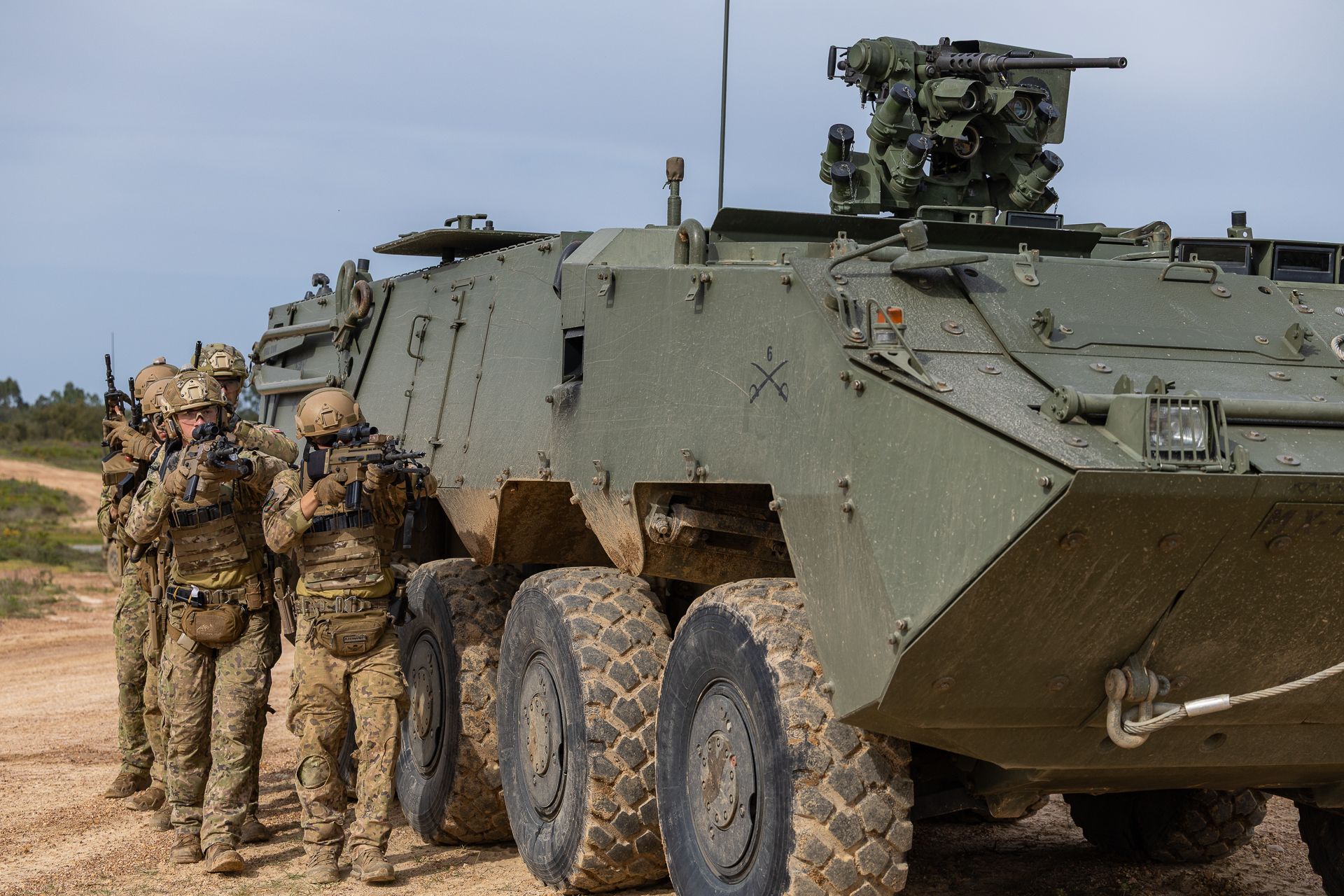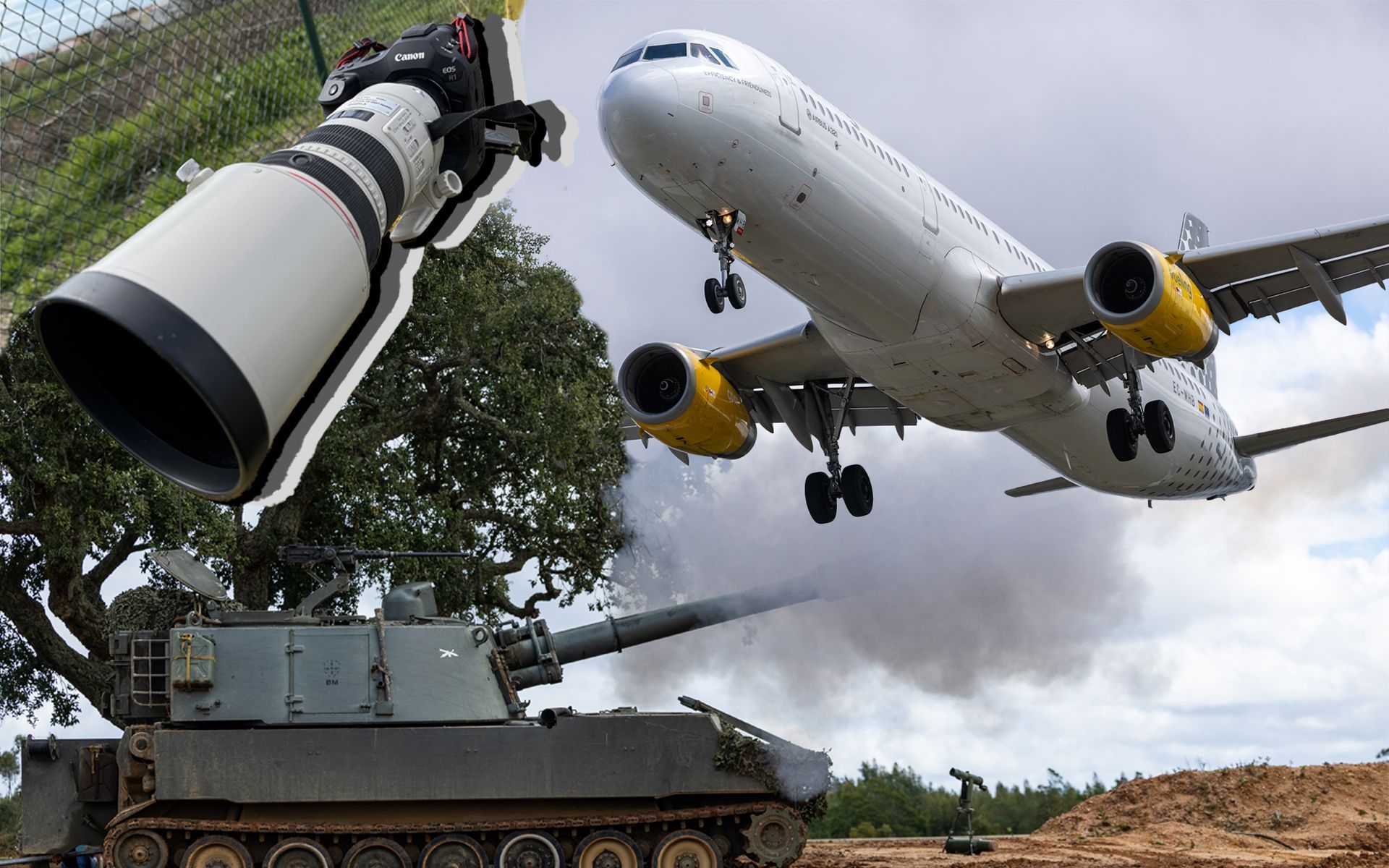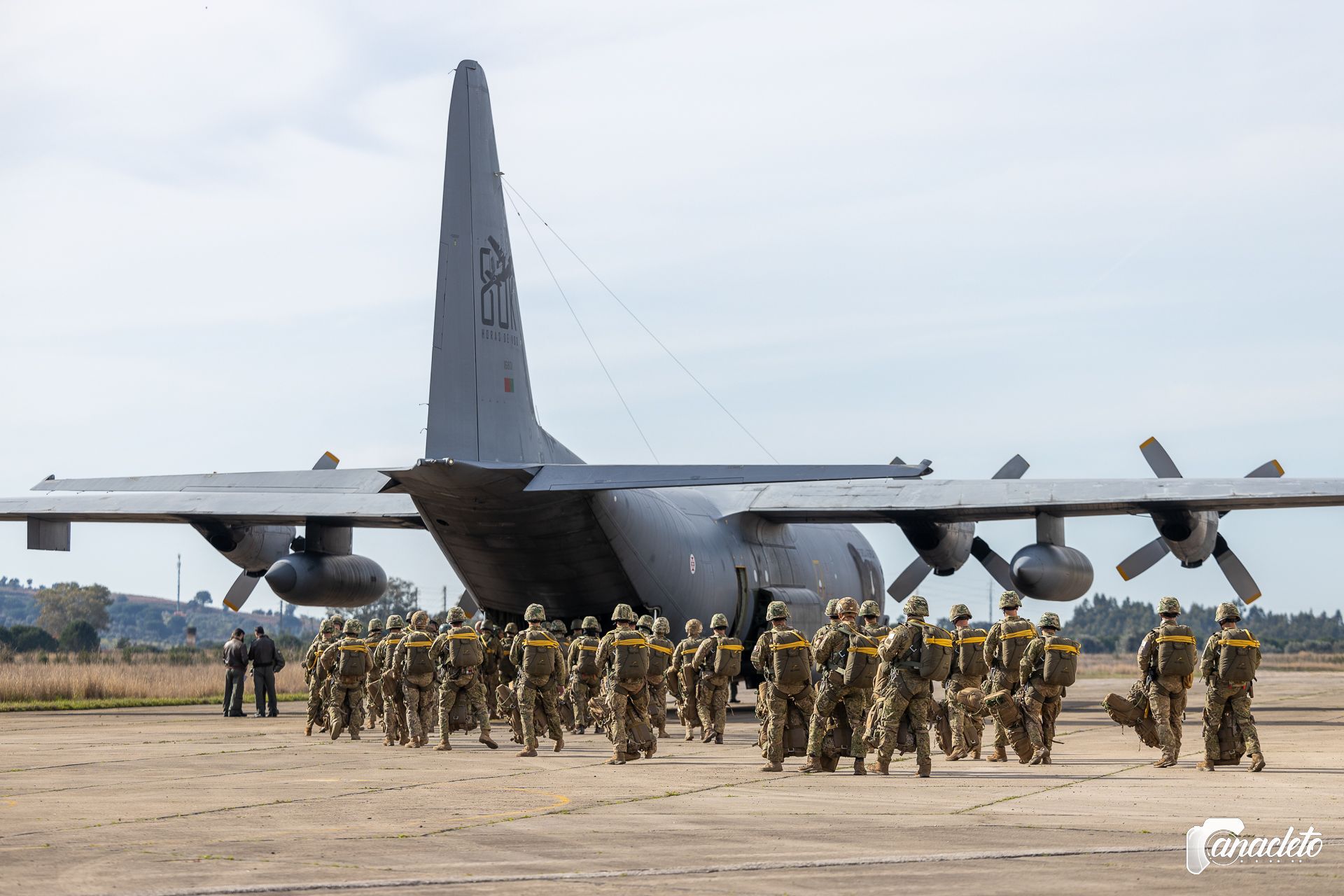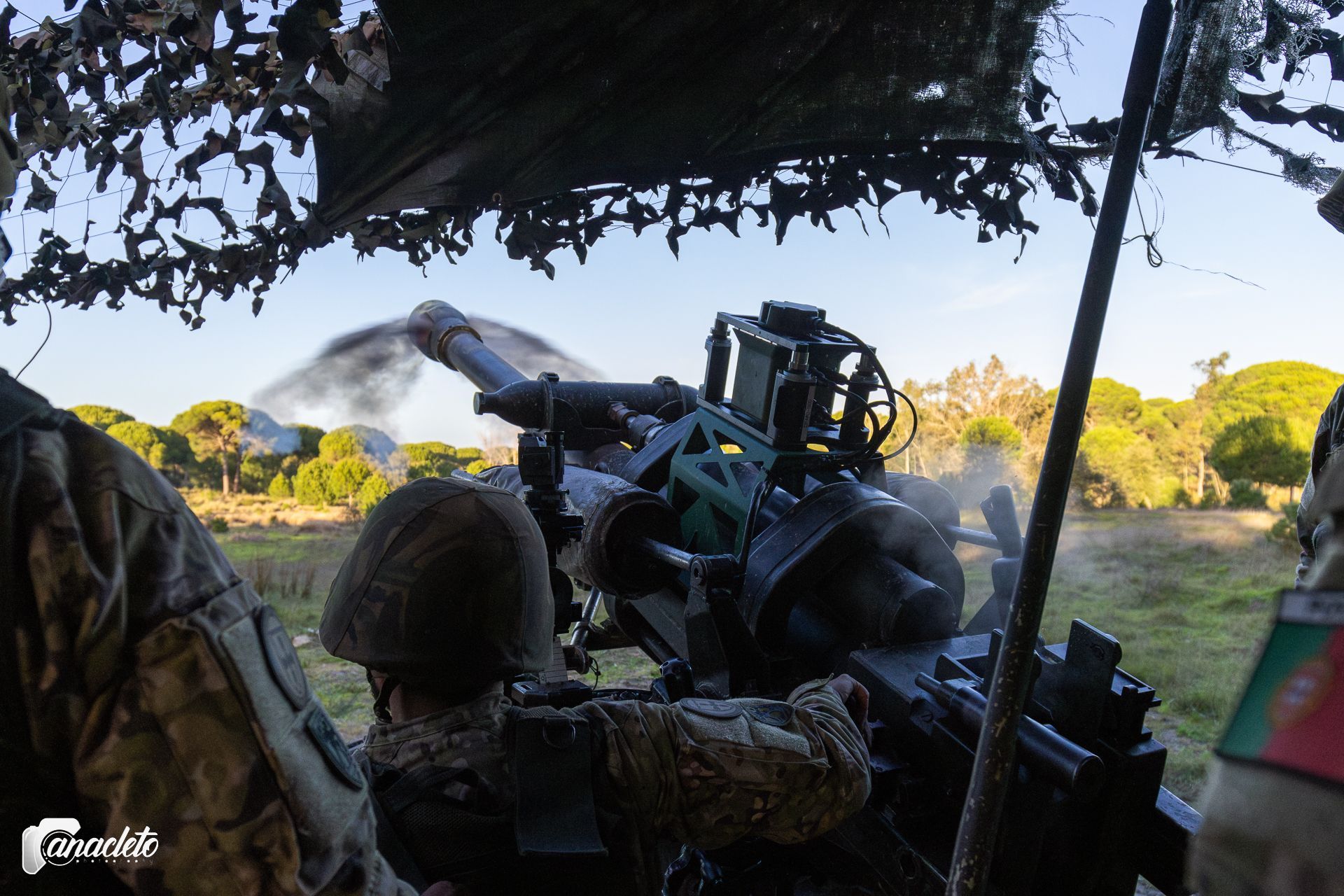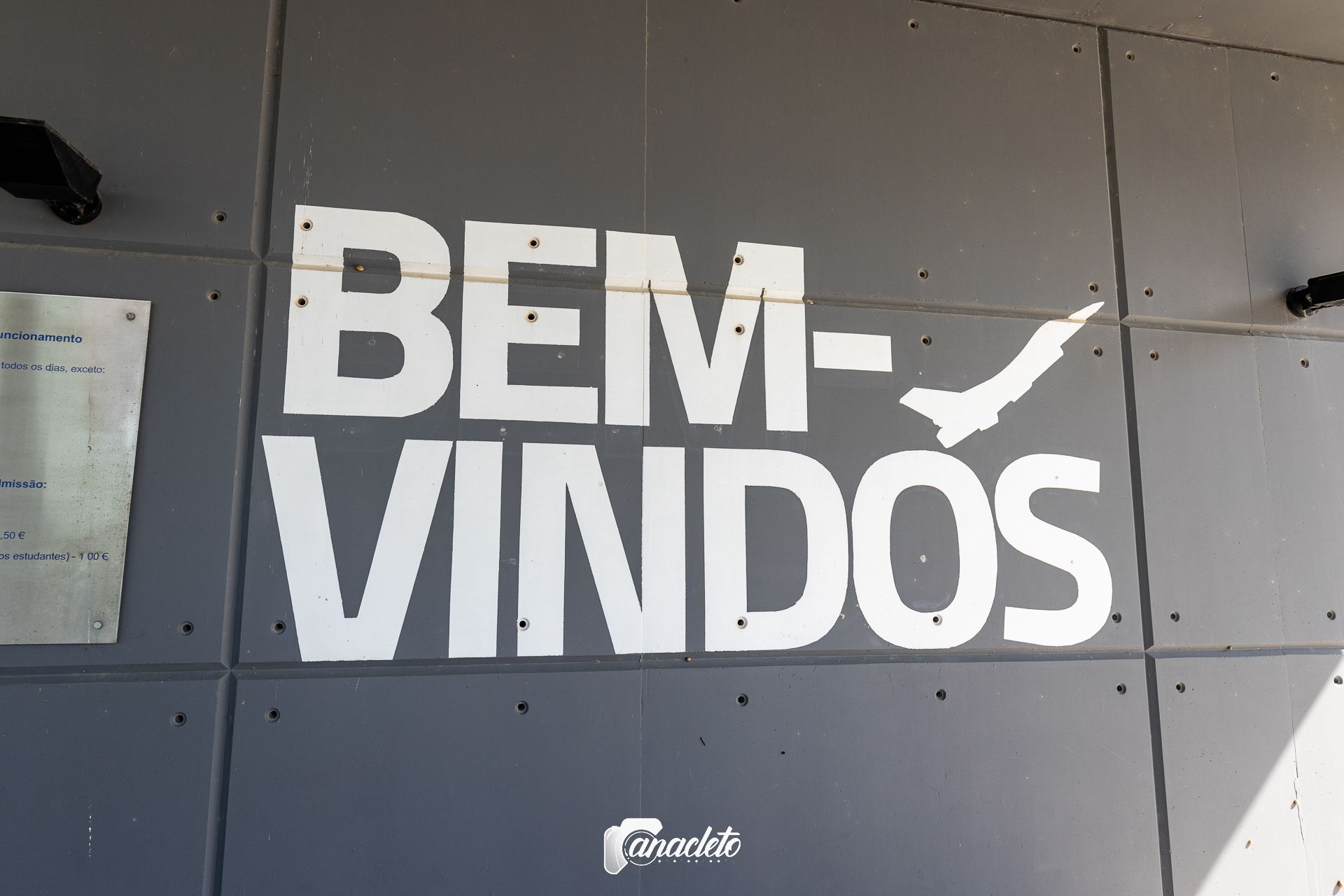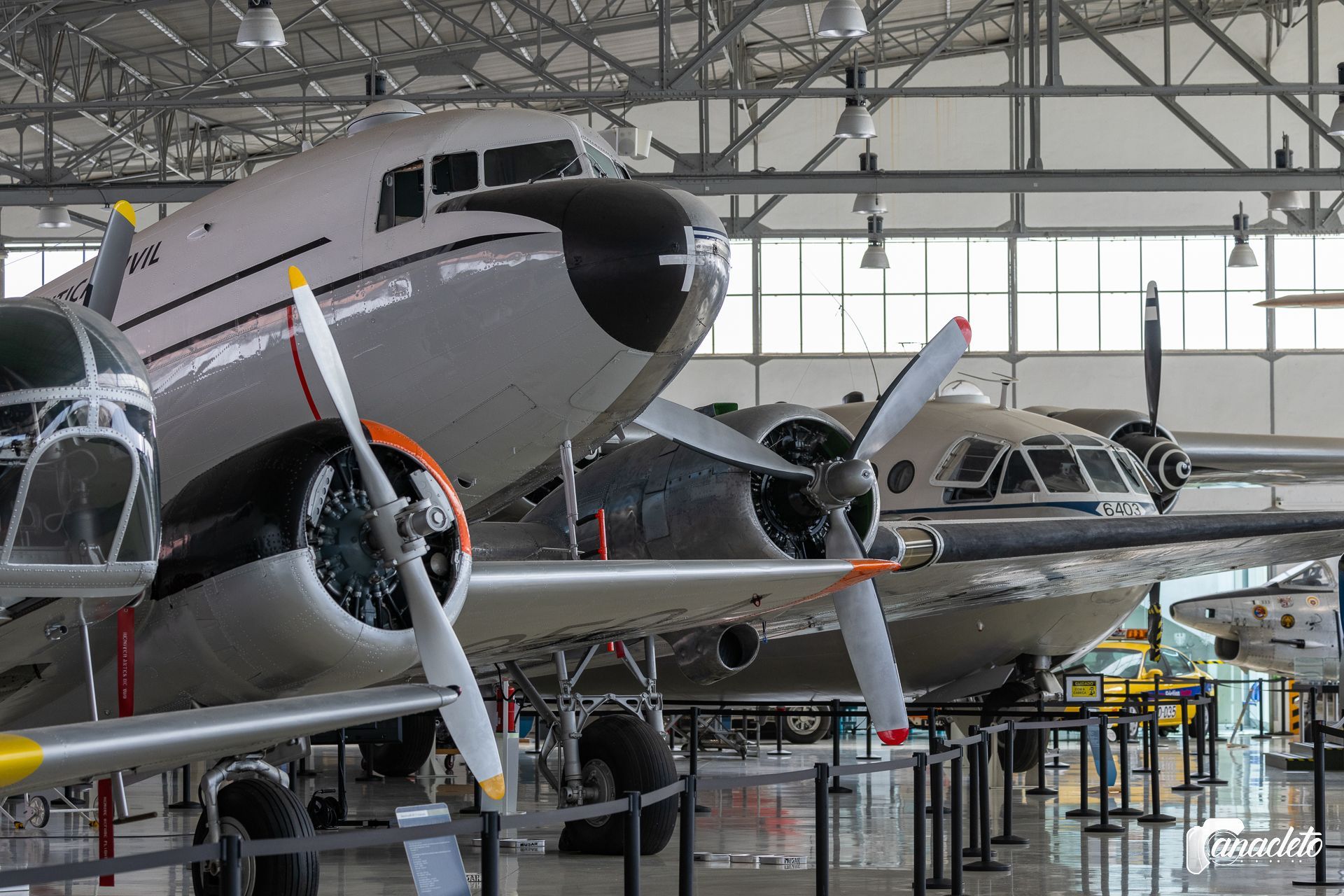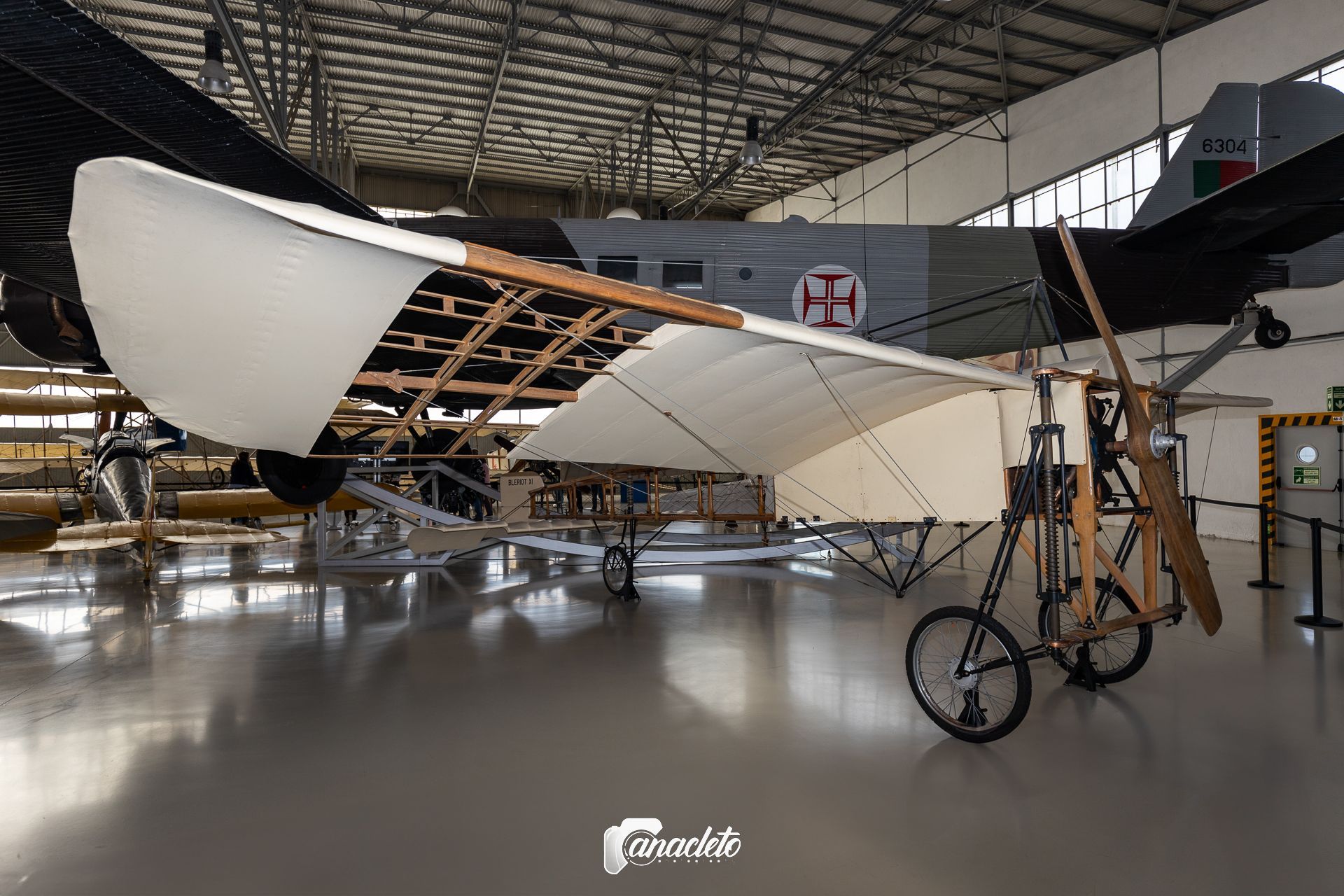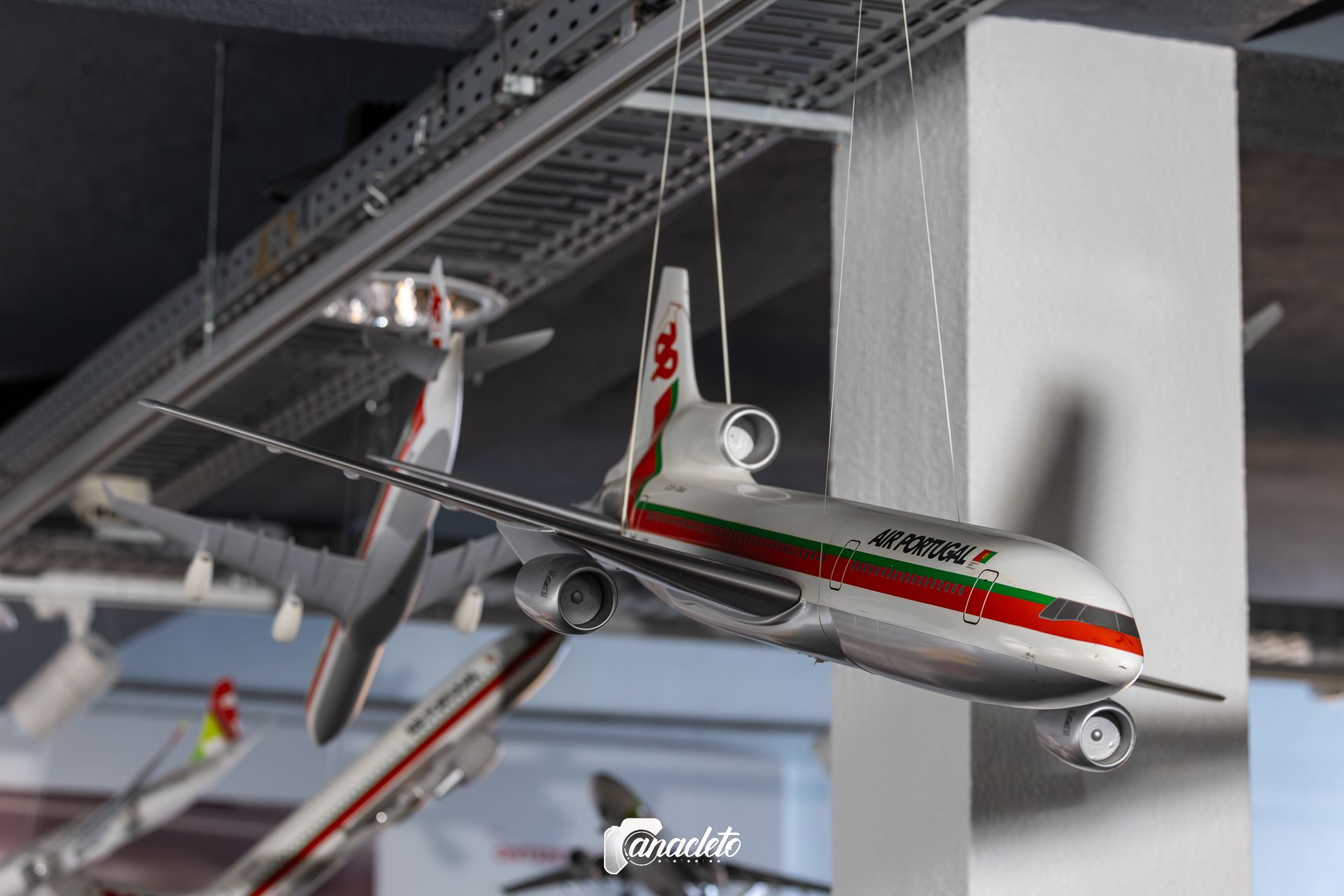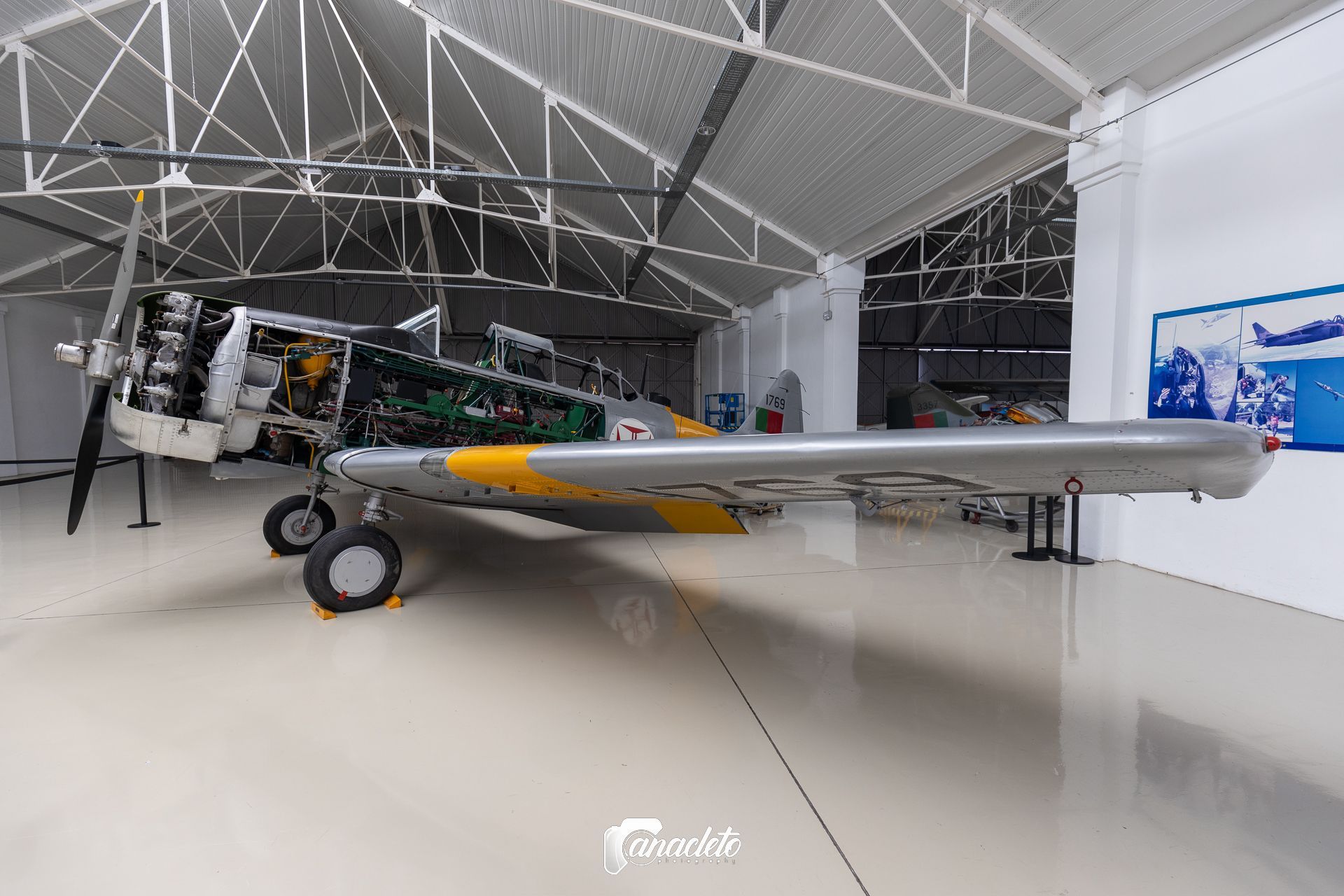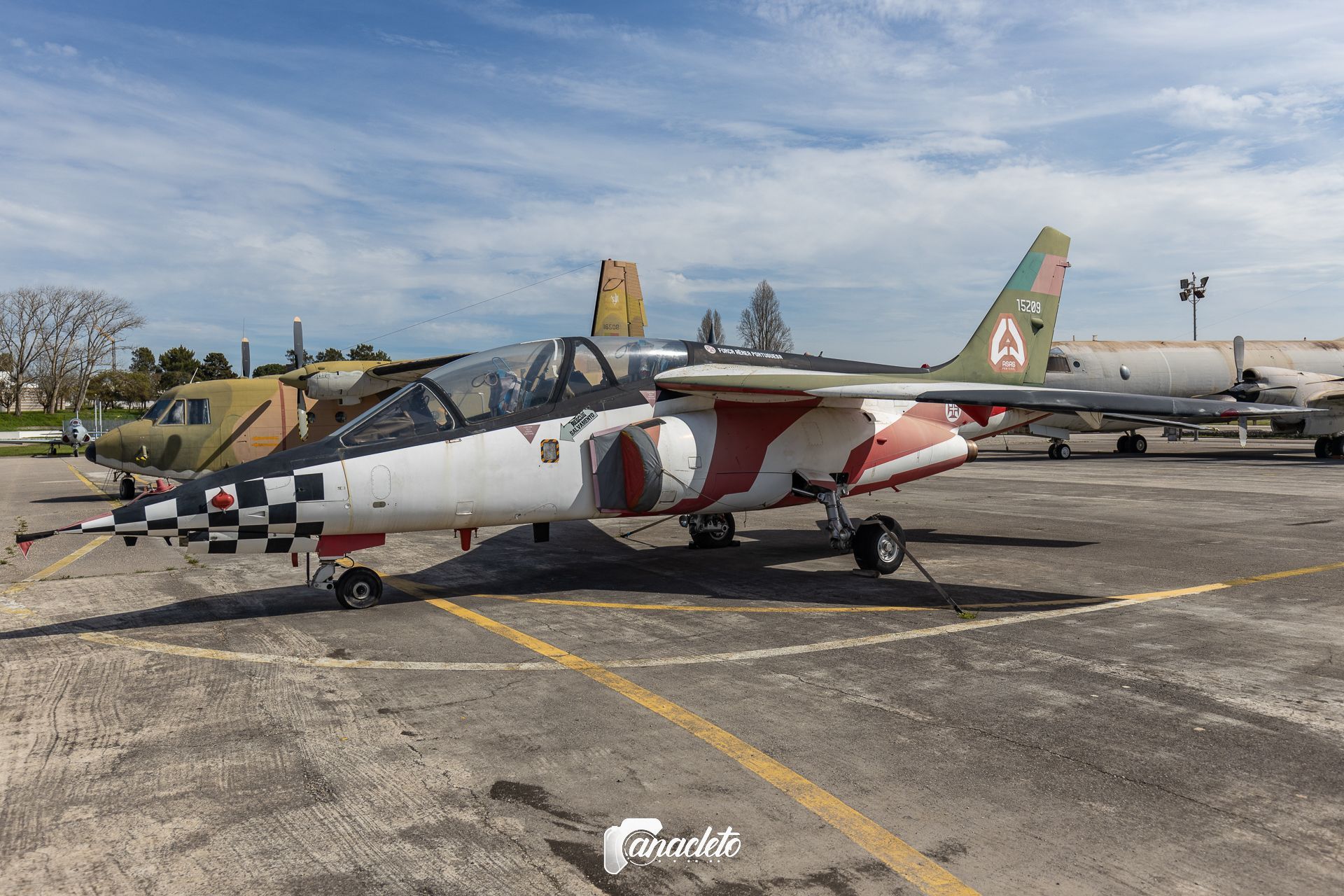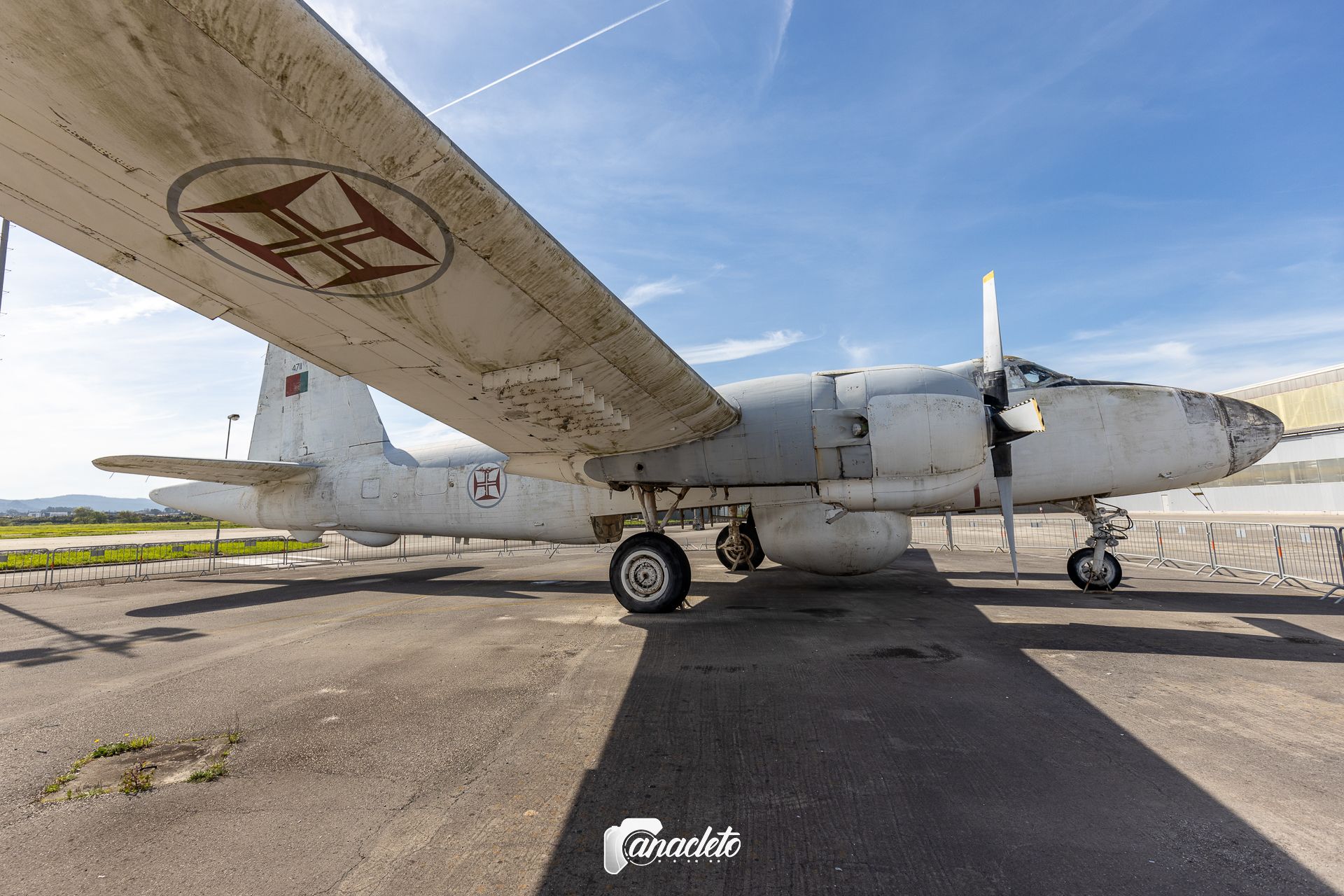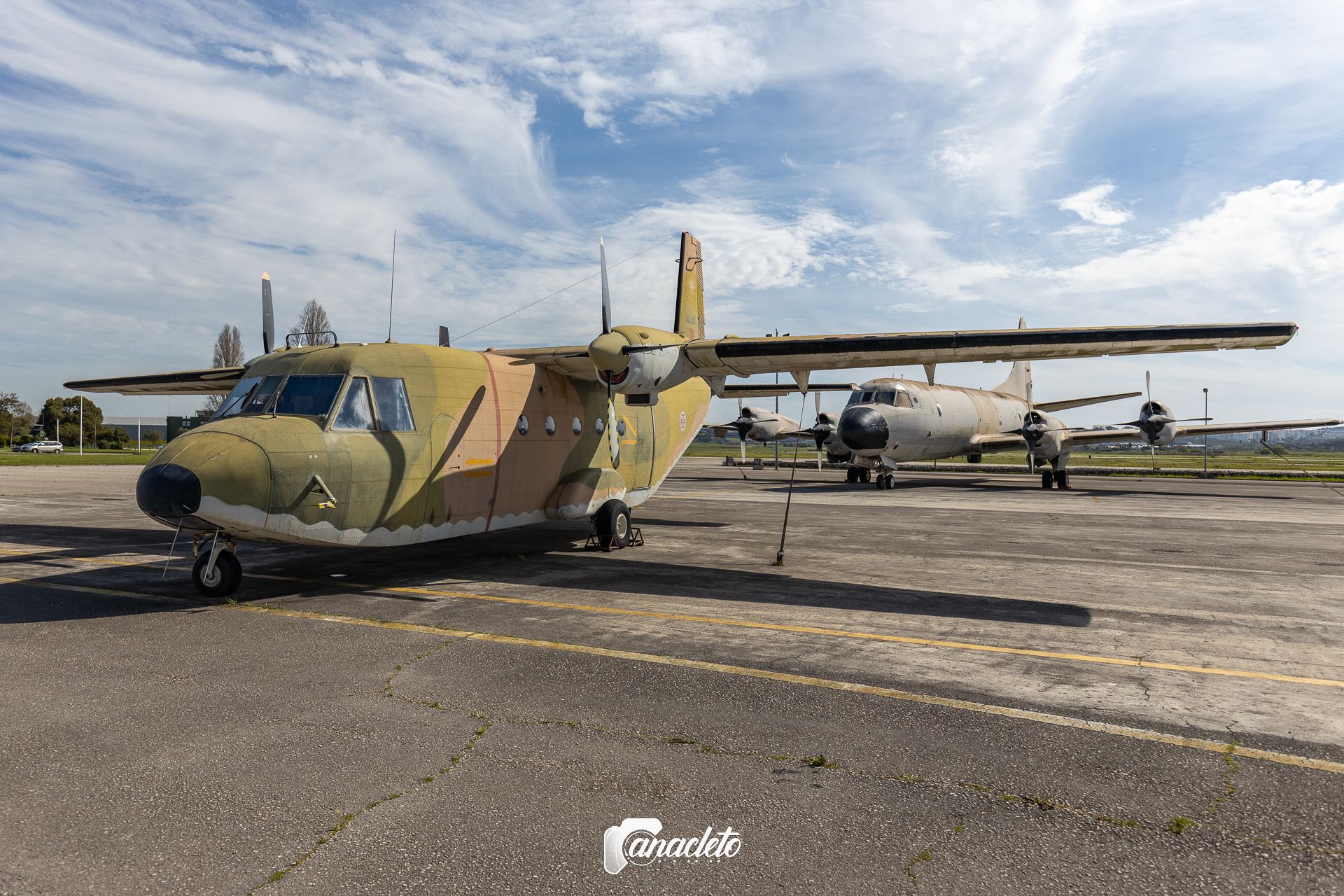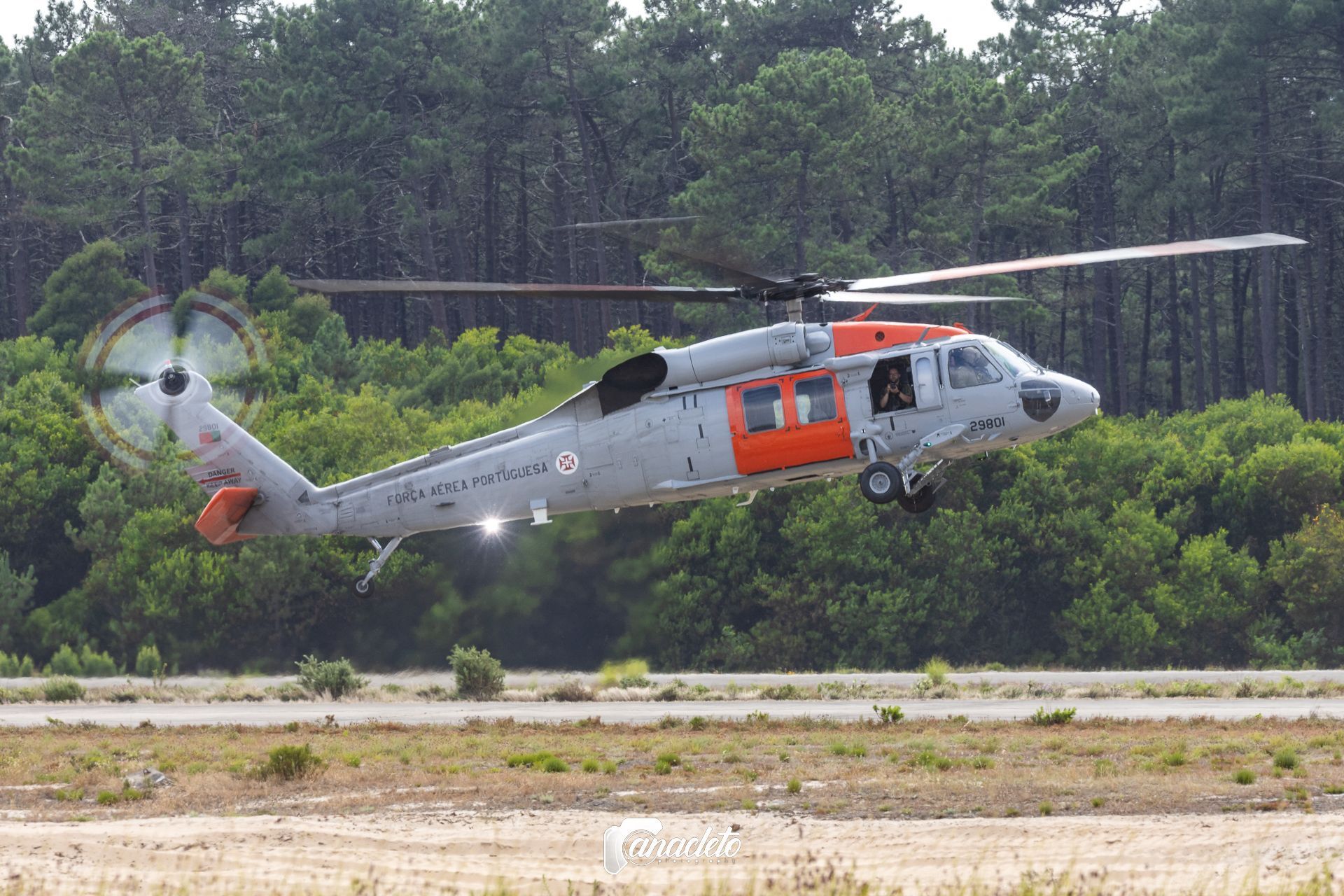Museu do Ar - Preserving our aviation heritage since 1971
The Air Museum plays a key role in preserving and promoting Portugal's rich aviation history, allowing current and future generations to appreciate and learn from the nation's aviation legacy. By preserving aircraft, artifacts and historical documents, the museum not only honors the past, but also inspires innovation and progress in the field of aviation, highlighting the cultural and technological importance of this heritage to Portuguese society.
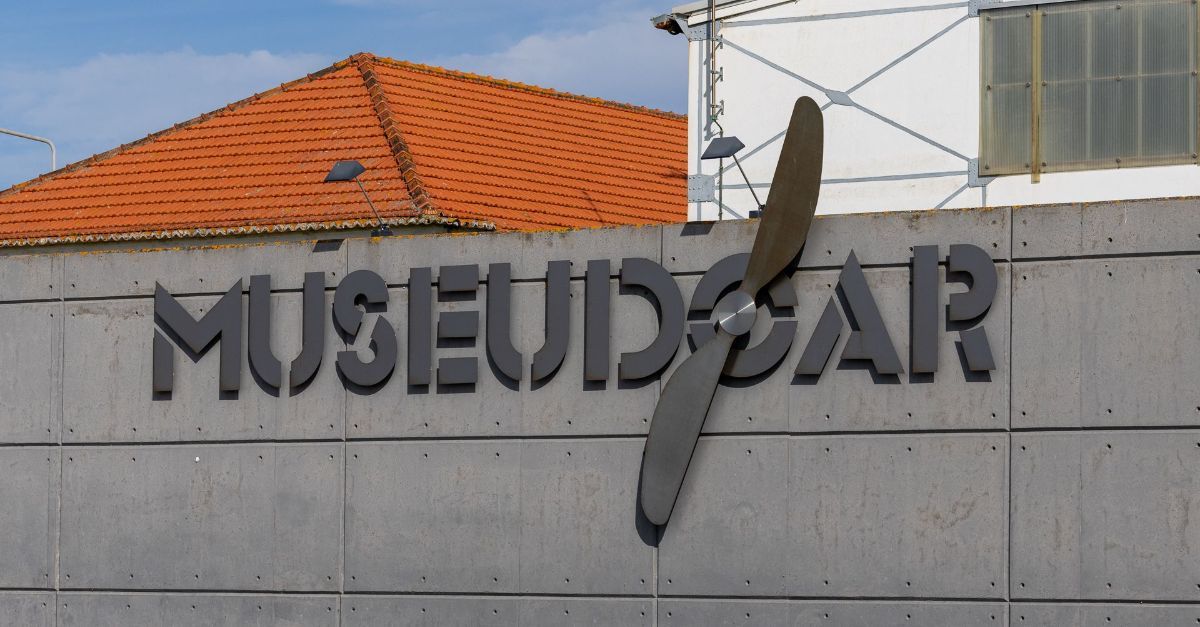
Since the early days of aviation in Portugal, the creation of a space for the preservation of this heritage has been on the horizon.
In July 1971, the Museu do Ar (Air Museum) was created and opened to the public. It was based in Alverca, in an old military aviation hangar. But this space was quickly occupied, creating the need for a larger area.
The Portuguese Air Force, with the support of Sintra Town Hall, ANA - Aeroportos de Portugal and TAP, thus began the refurbishment of an old hangar at Air Base No. 1. Once the works were completed, the space was inaugurated in December 2009 and is still the main museum space and headquarters, with a hub in Alverca. The Ovar hub, based at the current No. 8 Air Base, is temporarily closed due to the need to renovate the space to accommodate the recently activated 551 Squadron - "Panteras".
In Sintra, the museum is divided into several areas, covering the various periods and important milestones of aviation in Portugal and documenting Man's desire to fly.
In the main hangar, which is the largest area of the museum, various aircraft are displayed in chronological order, complemented by a photographic panel documenting the first 100 years of aviation in Portugal. The various aircraft on display include the Junker JU 52 (1930), the Avro Cadet (1931), the DH-87 Hornet (1934), the DH-89 Dragon Rapide (1934), the Spitfire (1934), the DC-3 Dakota (1935) and the F-86 Sabre (1947).
We can also highlight the presence of a Sikorsky H-19D Chickasaw, which was the first helicopter model that the Portuguese Air Force had, the recently restored F-84G which was one of the first jet fighters used by the Portuguese Air Force, constituting a modernization factor and a milestone in history, and also the replica of the SPAD 7C1 aircraft, which was a biplane used by the Portuguese forces in aerial combat in the skies of France during the First World War.
Between the Main Hangar and the Historic Hangars, we have the TAP Space which, as the name implies, is an area reserved for TAP - Air Portugal and which shows visitors the history of the company, from its foundation in 1945 to the present day. In this exhibition we can see, among other things, the first flight simulator for training pilots, as well as uniforms and on-board tableware.
In the Historic Hangars, of which there are three, we can see various exhibitions:
Hangar 1: There is a multimedia auditorium as well as a variety of military and civilian aircraft, including the Reims-Cessna FTB337G Super Skymaster, affectionately known as the “Puxa-Empurra”, and the De Havilland Canada DHC-1 Chipmunk.
Hangar 2: Dedicated to the Portuguese Colonial War, it displays the aircraft used in the three theaters of the conflict, including the North American T-6 Harvard and its array of weapons and a Fiat G-91/R4 with two of its four Colt Browning M3 12.7 mm machine guns on display. You can also see the three main rotary-wing aircraft used by the Portuguese Air Force in the Colonial War, such as the Alouette 2, Alouette 3 and SA-330 PUMA. One curiosity: the Alouette 3 is equipped with the MG-151 20 mm cannon, which earned it the nickname “Lobo Mau” (“Big Bad Wolf”).
Hangar 3: We have a Falcon 20 used for VIP transportation and radio aid calibration and a T-6 Harvard with cutaway. You can also see a classic Volkswagen Kombi Type 2 ambulance.
The Pioneer Room is also part of the third hangar. This room takes us back to the period when the Portuguese flew around the world. It displays personal documents, trophies and navigational instruments used at the time. It features the most important flights made by Sacadura Cabral, Gago Coutinho, Sarmento de Beires, Brito Pais, Humberto da Cruz and Carlos Bleck.
On the upper floor there is a space dedicated to the company Aeroportos e Navegação Aérea, ANA, where you can see, among other things, the original model of Lisbon Airport, inaugurated in 1942, as well as the original equipment and furniture that fitted out the first Air Traffic Control Tower.
At the end of the tour, we have to go outside and visit the Air Museum Stand. On display here are a number of recent and large aircraft, including models such as the P2V-5 Neptune, the P-3P Orion, the C212 Aviocar, two Alpha-Jets, the T-38 Talon, the Cessna T-37C Dragonfly and the T-33 Shooting Star.
A small curiosity: the P2V-5 Neptune, with tail number 4711, is unique in Europe and one of the few remaining worldwide. Given this legacy and its importance in the history of aviation, not only nationally but also internationally, it's a pity about the state of deterioration of this example.
